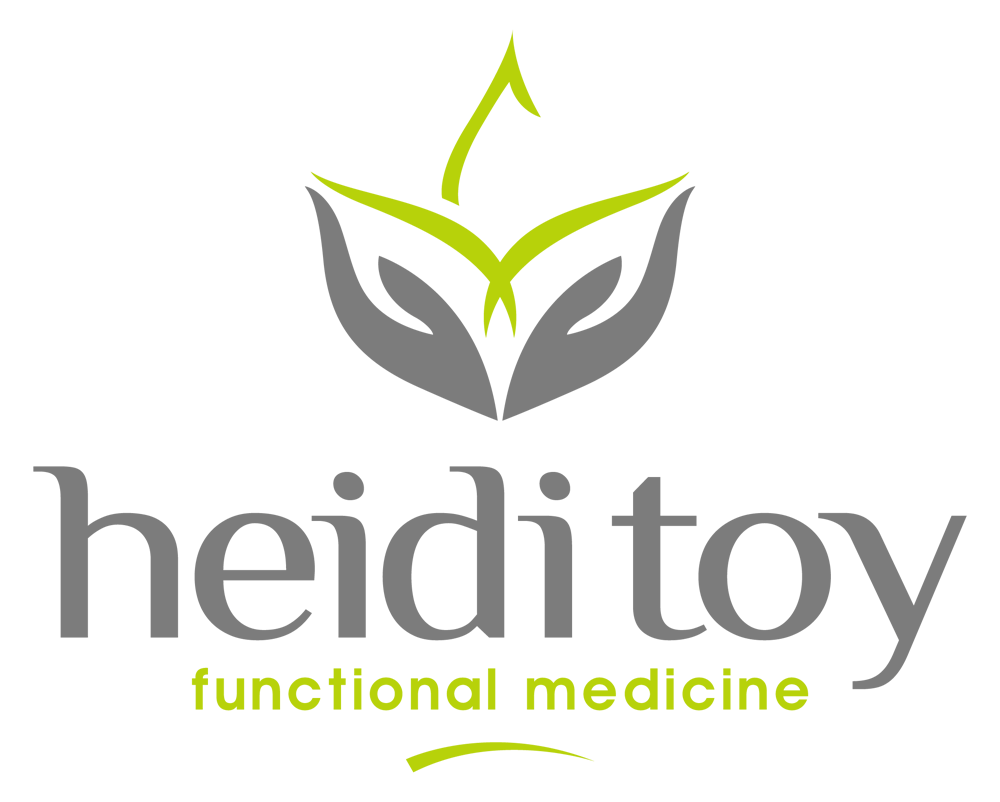Caffeine and Adrenal Fatigue. What's the Buzz About?
Can you really get adrenal fatigue from caffeine, or is it a myth?
While you most likely won’t develop adrenal fatigue from caffeine alone, especially not via your morning coffee, caffeine may be affecting your adrenal glands negatively in combination with other challenges in your life. Ultimately, however, if you are a very heavy user of caffeinated beverages, it could be the root cause of your adrenal fatigue.
Before we dive into the nitty gritty, it’s important to remember that the effects of caffeine are notably bio-individual. This largely centers around metabolic rate, which itself has an effect on adrenal fatigue independent of caffeine. You can find out your metabolic rate with a
HTMA (Hair tissue mineral analysis), and you’ll learn much more about metabolic rate in the
EnergyRx course
The Adrenal Glands
The Adrenals are a pair of hormone secreting glands that sit atop the kidneys. They are responsible for production of key mood regulating hormones, especially those involved in the stress response, such as cortisol and adrenaline (after which they are named).
Adrenal fatigue is a name applied to the idea that these glands can, after being stimulated in excess due to a high stress environment (or stimulants such as caffeine) become burned out. This results in less effective hormone regulation which causes a variety of symptoms ranging from anxiety to weight gain to craving salt. The symptom most likely to become apparent is, however, fatigue (in general). If you find yourself asking questions like “Why am I so tired all the time?” adrenal fatigue could be the culprit.
Coffee and Other Caffeine Based Stimulants
Caffeine is the most widely consumed psychoactive drug across the world. It’s popularity is undoubtedly because it has a tangible effect. You can really feel your alertness increasing (perhaps too much in some cases). It’s packaged in many different forms and not all of them are equal. A black coffee is certainly going to be easier going than a double whammy of sugar and caffeine in the form of an energy drink (whatever vitamins they might cram in there to ease the crash).
There is one caffeinated beverage which really bests all the others, combining calm and focus. That one beverage is Tea, the inclusion of L-theanine as a naturally occurring substance in tea helps to ease the negative side effects of caffeine. I discuss this more in length in my recent article on Tea.
But, if you are really a coffee person there is a way to help take the edge off. Add a little butter to the mix. Not only does it enrich the drink with a creamy flavor and texture, but it also brings an array of fatty acids into the mix which help the caffeine have a delayed release. It's also worth trying to go as organic as possible, both in general and with your coffee beans.
Caffeine and the Adrenal Glands
To understand caffeine's effect on the adrenal glands and how it can lead to or exacerbate adrenal fatigue, we need to look at how caffeine acts in the body.
Caffeine creates neural excitation, and it does this primarily by blocking important receptors involved with hormone and mood regulation (primarily adenosine and benzodiazepine, if you’re interested).
It is thought that this neural excitation causes the body to think it is under threat. That’s when the brain signals the adrenal glands to secrete hormones that promote further alertness.
It’s well known that adrenaline is raised by caffeine consumption, and cortisol has also been shown to increase significantly in the presence of caffeine, especially when combined with stress or exercise.
There is still a lot we don’t know for certain about caffeine’s mechanisms in the body, but given the evidence supporting increased adrenal activity, it’s sure to have an impact on adrenal health.
Significant amounts of caffeine, if given the opportunity, will tend to cause adrenal fatigue symptoms.
But just how much caffeine is too much caffeine?
Moderating Caffeine to Avoid Adrenal Fatigue
It doesn’t hurt to cut caffeine completely out of the picture. Of course if you’ve been a heavy user it may be wise wean yourself off gradually to avoid harsh withdrawal symptoms.
That said, caffeine is not without its perks, especially for the working professional, so consider making the following alterations to your routines allowing you to more effectively balance usage and dodge fatigued adrenals.
- Stay away from sugary caffeinated drinks and opt for more balanced choices such as green tea, or a coffee augmented with butter as previously mentioned.
- Only consume caffeine in the morning, the further away from your next snooze the better. - Caffeine’s staying power in the body is very bio-individual, but trying to sleep within 8 hours of a caffeine hit can be practically challenging. Furthermore, in order to steer clear of adrenal fatigue, it’s crucial to give the adrenal glands time to rest and reset.
- Employ other wellness practices. While caffeine can cause adrenal fatigue, it’s most likely a combination of factors, so it’s important to maintain good allround wellness practices.
If you’re interested in really taking back control and reclaiming your energy there is no better place to find the tools to do so than my course, EnergyRx. In order to offset negative effects of caffeine we can take into consideration things such as diet, sleeping habits, exercise habits and more. My course gives you personalized tools to balance your life and wellness again, and that
can mean caffeine without the adrenal burnout (though for some caffeine is just really bad, to the point where it may have to go for them to break free of fatigue).
4. Take action. If you are suffering from what you think is adrenal fatigue due to caffeine, the most important thing to do is take action. Even if you aren’t totally convinced, consider what's the smallest action you are willing to take right now that might de-incentivize that second coffee this afternoon.
Perhaps it’s as simple as putting the instant coffee out of reach so that it’s an effort to get to.
Perhaps it’s as simple as leaving the pocket change that normally goes into the work coffee machine, into the savings jar.
Go as big as you can (sensibly) but go as small as you have to.
Just get started on the path of healing.
If you are interested in learning more about testing for adrenal fatigue or healing your body you are welcome to schedule a free
Health Discovery Session with Heidi.
Don't Miss Out On More!

Heidi Toy FNTP
I help people all over the world heal by identifying and treating the root cause of their body imbalances. Through diet and nutrition, I guide them towards wholeness and balanced lives.
Heidi Toy Functional Medicine Blog














































































































